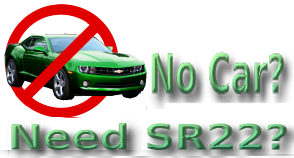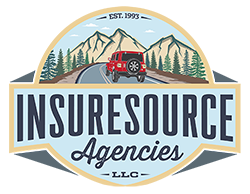Up until the mid-1990s, a driver could purchase a type of insurance that covered just him while driving any car, owned or not. It was called a Broadform Policy. Oregon changed the law around that time to state that every VEHICLE shall be insured by its owner. That law made the Broadform obsolete. It was an excellent way for someone who owned multiple older cars and only needed liability coverage to drive their choice of car for the day. Not anymore. If someone owns numerous cars they each must be named and insured on a policy. The days of a Broadform are over in Oregon...for now.
Adjacent states to Oregon still offer this type of policy. The danger is for drivers crossing state lines in vehicles that are not individually insured. The driver could technically be cited for failure to carry auto insurance on Oregon roads for the car being driven if the driver is carrying nothing more than Broadform coverage from his state. And, a citation for no insurance in the State of Oregon will get him an SR22 requirement for Oregon, even if he doesn't live here. Imagine the hassle of filing an SR22 certificate in a state other than where you are a resident!
Now that you know what a Broadform is... or rather, was, let's compare it to a Non-Owner policy. A Non-Owner policy has a particular purpose. When the law was passed that every VEHICLE must be insured rather than every DRIVER, a conflict arose with the law that states that a driver who has been convicted of driving with no insurance, driving under the influence or some other grave offense must file proof he is insured if he wants to maintain his driving privileges after any suspensions have been satisfied BUT DOESN'T HAVE A CAR. What does a driver, without a car, do to comply with the new law? The insurance industry invented the Non-Owner Policy!
However, the Non-Owner policy is not a Broadform. It DOES NOT cover just any car. It does not cover a vehicle owned by the Non-Owner Policyholder. It only provides the coverage needed to generate an SR22 certificate for the insured to comply with the law. Suppose the driver decides to buy a car while his Non-Owner policy is in force. In that case, he must surrender the existing policy, cancel it, and then open a new Owner-Operator policy or have the insurance company convert the Non-Owner Policy to an Owner-Operator Policy. The conversion to an Owner-Operator policy may require additional premiums and another look at your driving record and credit history.
Be very careful not to assume that the non-owner policy operates like the old Broadform policy. It does not!


